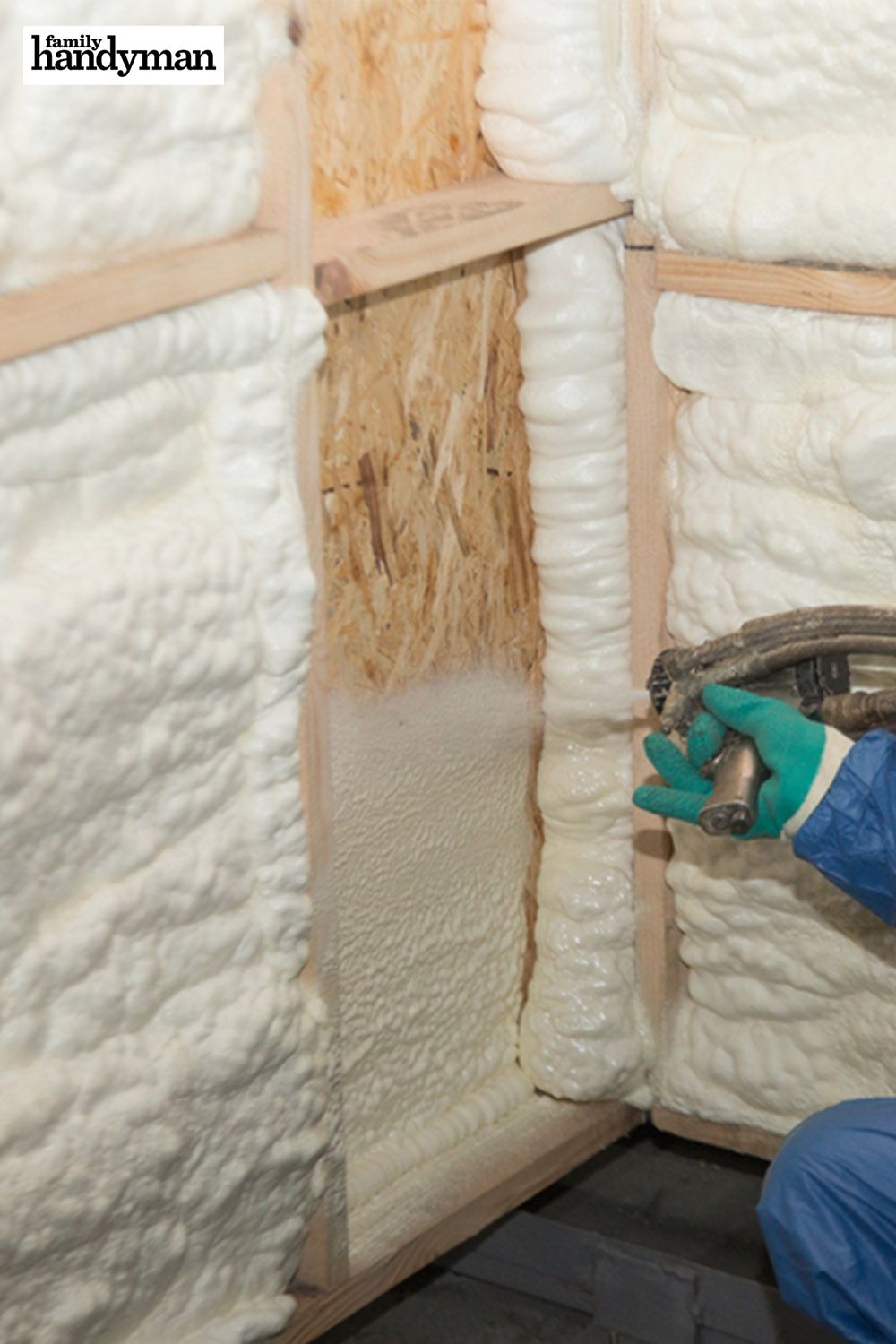The table below shows what levels of insulation are cost effective for different climates and locations in the home.
Diy adding foam insulation under kitchen floor.
Then the space created between the netting or insulation and the subfloor should be filled with loose fill insulation.
Diy projects ideas.
Foam board or insulating boards are rigid panels of insulation that have a high r value.
R value is a measure of insulation s ability to resist heat traveling through it.
For insulating truss floor systems it s better to have netting or foam board insulation installed to the underside of the floor trusses.
Foam board insulation is used on attics and walls yet it can also be used to insulate your floors.
Fiberglass insulation batts or rolls are the most economical and easiest diy choice for insulating between the floor joist in a crawl space.
Because they have a high r value and can be used nearly anywhere in your home foam board insulation is one of the most common types of insulation.
The higher the r value the better the thermal performance of the insulation.
Adding insulation can be easy if your shed foundation is elevated and you can get underneath the floor.
Because that s what that s going to do.
Get free shipping on qualified under slab foam board insulation or buy online pick up in store today in the building materials department.
Insulation level are specified by r value.
And as far as the insulation is concerned do you want to keep heating the basement area.
Well in terms of making the floor stronger insulation foam or fiberglass is not going to make it stronger.
You can remove the floor boards and place the insulation between the floor joists.
But insulating your floors is a good idea for many reasons including energy efficiency and height adjustments.
Most people do not think about insulating their floors unless perhaps it s their attic floor.
You can add insulation very easily.
Department of energy recommends r 11 3 insulation under floors in warm climates and an r 25 6 to 8 in cold climates.
Best for floors foundation and basement walls interior and exterior wall sheathing and low sloped ceilings.




























